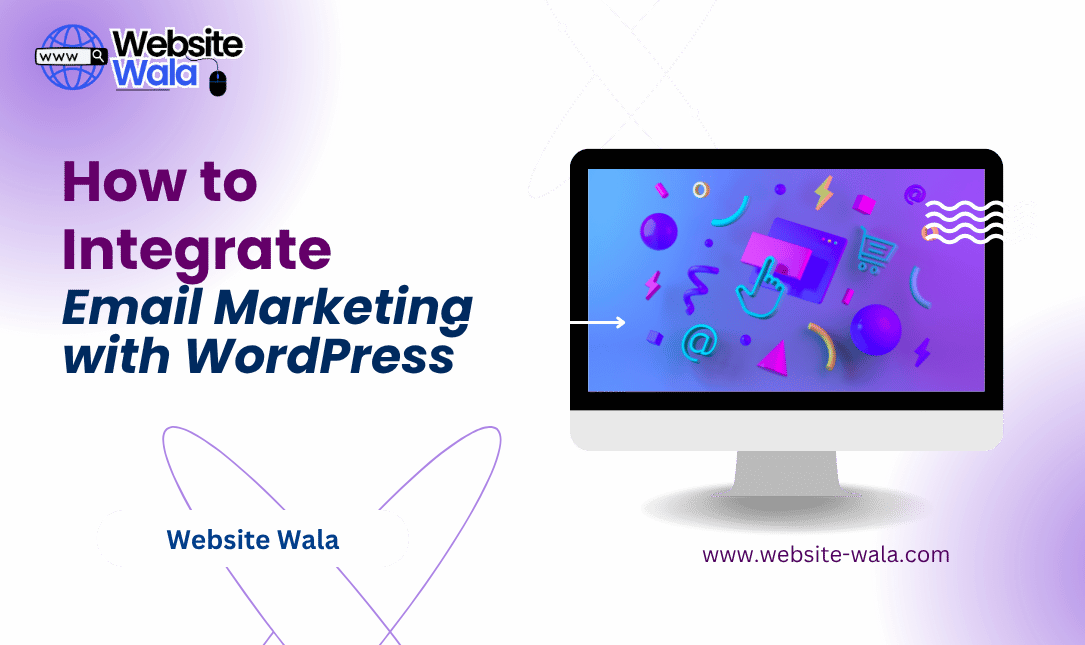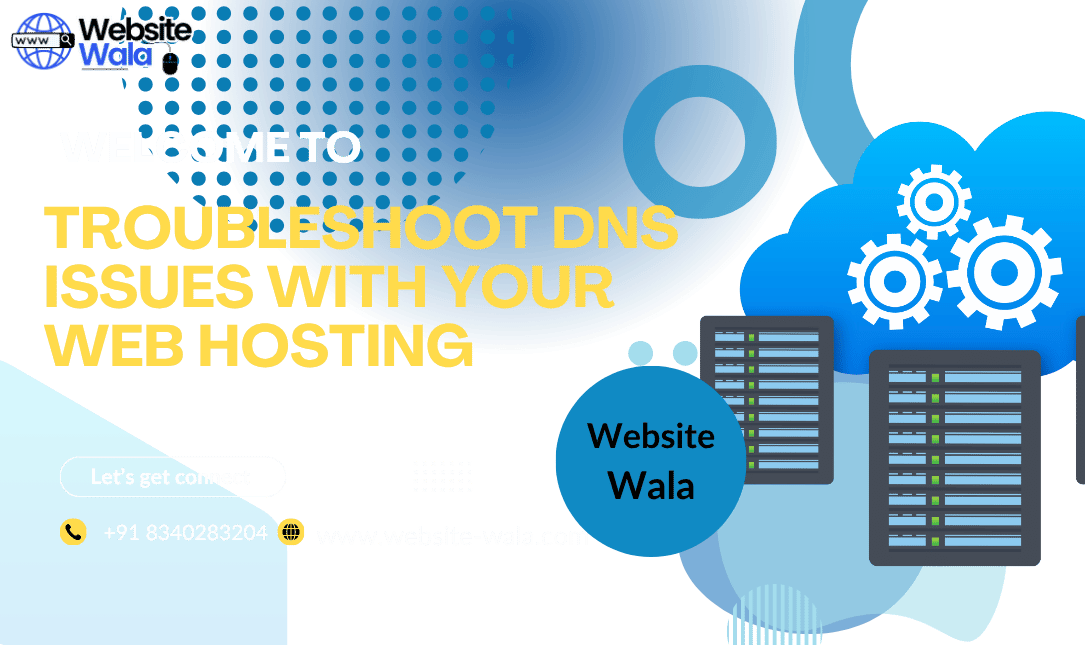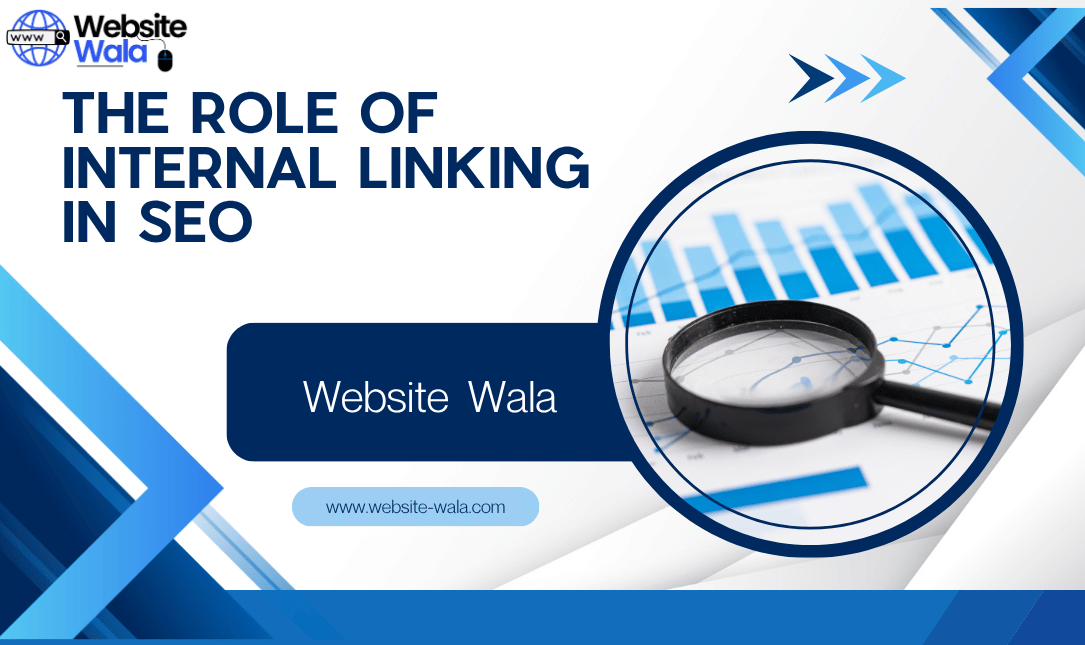
Learn the top tips and best practices for maintaining your WordPress site to ensure optimal performance, security, and functionality. Implementing these strategies will help you keep your site running smoothly and effectively.
The Best Practices for WordPress Site Maintenance
WordPress is one of the most popular content management systems (CMS) in the world, powering millions of websites globally. However, like any other software, WordPress sites require regular maintenance to ensure optimal performance, security, and functionality. In this article, we will discuss the top tips and best practices for maintaining your WordPress site to keep it running smoothly and effectively.
1. Regular Updates
Keeping your WordPress core, themes, and plugins up to date is crucial for maintaining the security and performance of your site. Ensure that you regularly check for updates and install them promptly to patch any vulnerabilities and bugs.
Update WordPress Core:
WordPress releases regular updates to improve security and functionality. You can update the WordPress core from the dashboard by clicking on the 'Updates' section. Remember to backup your site before updating to avoid any potential issues.
Update Themes and Plugins:
Themes and plugins play a significant role in the functionality and design of your WordPress site. Make sure to update them regularly to benefit from new features, bug fixes, and security patches. You can update themes and plugins from the 'Themes' and 'Plugins' sections in the dashboard.
2. Regular Backups
Backing up your WordPress site is essential to protect your data and content in case of any unexpected events such as hacking, server crashes, or human errors. You can use plugins like UpdraftPlus or BackupBuddy to automate the backup process and store your backups securely.
Backup Frequency:
It is recommended to backup your site regularly, ideally daily or weekly, depending on how frequently you update your content. Store your backups in multiple locations, including cloud storage services like Dropbox or Google Drive, for added security.
3. Plugin and Theme Management
While plugins and themes add functionality and design elements to your site, having too many of them can slow down your site and increase security risks. Regularly review and remove any plugins or themes that are not in use or are outdated.
Plugin and Theme Updates:
Only install plugins and themes from reputable sources and ensure that they are regularly updated by the developers. Remove any unused or inactive plugins and themes to reduce the risk of vulnerabilities and conflicts.
4. Strengthen Security Measures
Securing your WordPress site is critical to protecting your data and preventing unauthorized access. Implementing security measures such as strong passwords, two-factor authentication, SSL certificates, and security plugins like Wordfence or Sucuri can help safeguard your site.
Security Audits:
Regularly conduct security audits to identify and address any vulnerabilities in your site. You can use tools like Sucuri SiteCheck or WPScan to scan for malware, suspicious code, or outdated software that may compromise your site's security.
5. Monitoring and Performance Optimization
Monitoring the performance of your WordPress site is essential to identify any issues that may affect user experience. Use tools like Google Analytics, PageSpeed Insights, or GTmetrix to track your site's performance and make necessary optimizations.
Performance Optimization:
Optimize your site for speed by compressing images, enabling caching, minimizing HTTP requests, and using a content delivery network (CDN). Regularly test your site's loading speed and make adjustments to improve performance.
6. Professional Support and Troubleshooting
Seeking professional support for complex issues or technical challenges can save you time and prevent further complications. WordPress maintenance services or developers can help troubleshoot issues, perform updates, and provide expert advice to keep your site running smoothly.
Support Services:
Consider hiring a WordPress maintenance service or developer to handle critical tasks such as updates, security audits, backups, and troubleshooting. They can provide proactive support and ensure that your site is always up to date and secure.
7. Regular Testing and Quality Assurance
Testing your WordPress site regularly is essential to ensure that all features and functionalities work as intended. Conduct quality assurance tests, including checking forms, links, images, and site responsiveness, to provide a seamless user experience.
Testing Procedures:
Create a testing environment or use staging sites to test new features, updates, or changes before implementing them on your live site. Perform thorough testing to identify and address any issues promptly.
By following these best practices for WordPress site maintenance, you can ensure that your site remains secure, performs optimally, and delivers an exceptional user experience. Regular updates, backups, plugin and theme management, security measures, performance optimization, professional support, and quality assurance are essential components of maintaining a successful WordPress site. Implementing these strategies will help you keep your WordPress site running smoothly and effectively in the long run.























